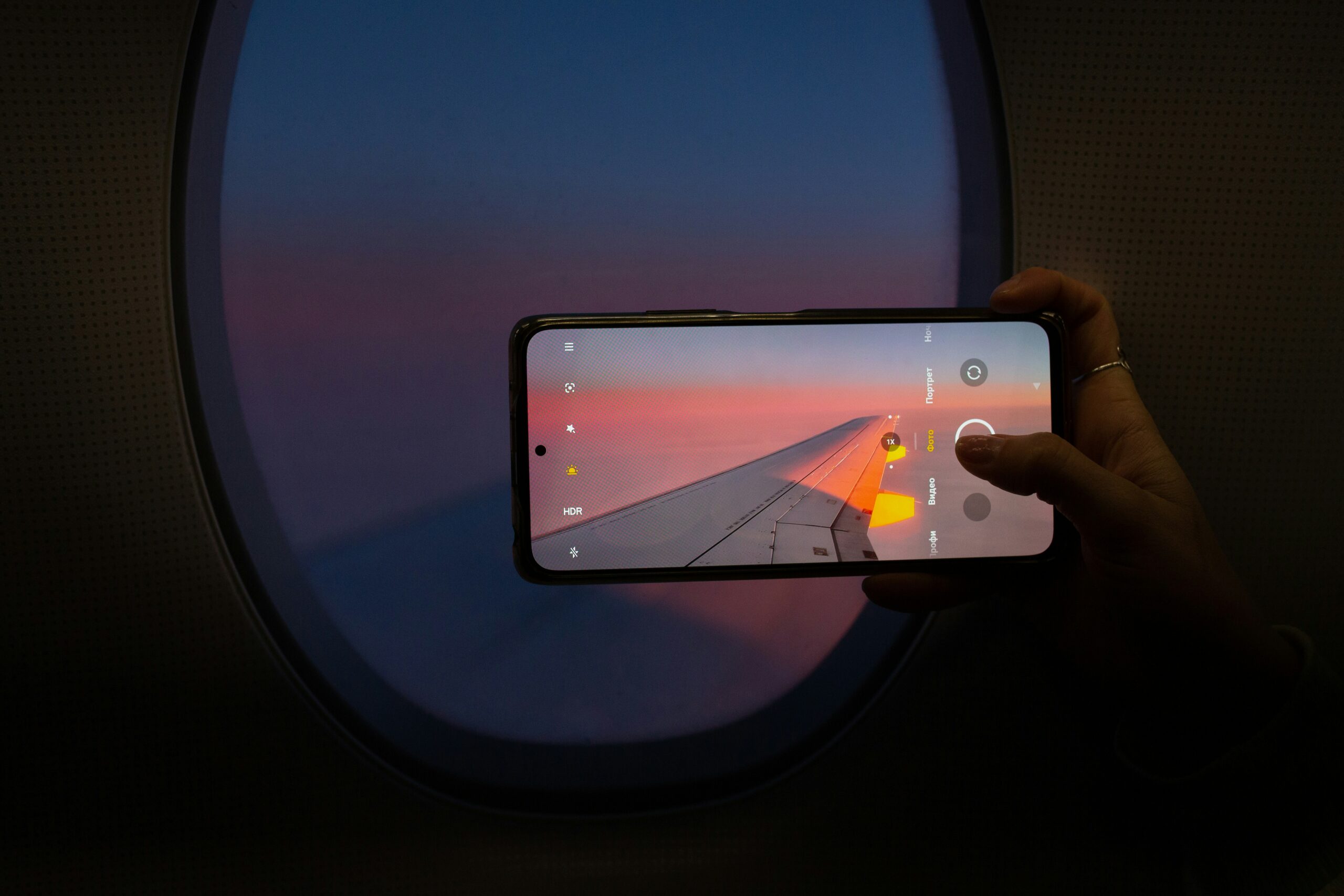Picture this: you’re sipping wine in a charming Parisian café, posting that perfect sunset shot from your European adventure, when your phone buzzes with a text from your carrier. Your stomach drops as you read about roaming charges that could fund another week of travel. Sound familiar?
Here’s the thing – roaming fees are basically highway robbery in digital form. Your home carrier charges you premium rates to use other networks abroad, and those charges add up faster than you can say “bonjour.”
What Exactly Are These Roaming Fees Anyway?
Roaming happens when your phone connects to a foreign network because it can’t find your home carrier’s towers. Think of it like staying at an expensive hotel instead of your own bed – you pay extra for the privilege.
The costs? They’re pretty brutal. Data can cost anywhere from $10 to $20 per megabyte in some places. That Instagram story could literally cost you $50. One traveler recently got hit with a $2,400 bill after a two-week European trip. Ouch.
Enter the eSIM Game Changer
An eSIM is basically a digital SIM card that lives inside your phone. No tiny plastic cards to lose or swap out. You just download a plan, and boom – you’re connected to local networks at local rates.
The beauty of eSIMs? They’re stupid simple to use. Download an app, pick your plan, scan a QR code, and you’re sorted. No hunting for phone shops in foreign cities or dealing with language barriers.
Why Europe is Perfect eSIM Territory
Europe has some of the best eSIM coverage on the planet. Most major cities and tourist spots have excellent network coverage, and many eSIM providers offer multi-country plans that work across the entire EU.
Actually, this makes total sense when you think about it. Europeans travel between countries like Americans drive between states. The infrastructure had to keep up.
Real Benefits You’ll Actually Notice
Your phone works exactly like it does at home. Same apps, same everything – just without the fear of bankruptcy-inducing bills. You can use maps without panic, call that restaurant for reservations, or video chat with family back home.
Plus, you keep your original number active. Friends can still reach you on your regular number for important stuff, while you use your eSIM for all the data-heavy tourist activities.
Getting Started Is Easier Than You Think
Most newer smartphones support eSIM technology – iPhones from XS onwards, recent Samsung Galaxy phones, Google Pixels, and many others. Check your phone’s settings to see if you have an “eSIM” or “Cellular Plans” option.
The setup process takes maybe five minutes. You buy a plan online (a travel esim for europe and uk is perfect for multi-country trips), get sent a QR code, scan it with your phone, and you’re connected. Seriously, it’s that straightforward.
What About the Downsides?
Look, eSIMs aren’t perfect. Older phones don’t support them, so you might be stuck with traditional options. Some budget carriers don’t play nice with eSIMs either, though this is becoming less common.
The other thing? You need internet access to initially set up the eSIM, which can be tricky if you’re already abroad without data. Pro tip: do this before you leave home or grab airport WiFi.
Making the Switch
Honestly, once you try eSIMs for European travel, going back to roaming feels prehistoric. No more rationing your data usage or hunting for WiFi like you’re searching for water in a desert.
The peace of mind alone is worth it. You can actually enjoy your trip instead of constantly worrying about your phone bill. And isn’t that the whole point of traveling in the first place?
European adventures should be about discovering amazing food, incredible history, and unforgettable moments. Not about mathematical gymnastics every time you want to check Google Maps.

